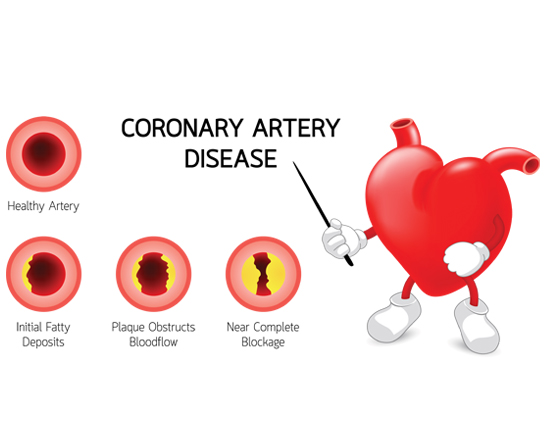Chiropractic care is often promoted as a complementary treatment for a variety of health conditions—including asthma. But how strong is the evidence behind these claims? This article takes a closer look at the available research to see whether spinal adjustments can really help you breathe easier.
WORDS LIM TECK CHOON
Chiropractic care has emerged as a complementary treatment option for various health conditions, including asthma.
HOW DOES THAT WORK, EXACTLY?
- In chiropractic care, it is believed that that spinal manipulation can negatively affect respiratory function and overall health, including worsening asthma symptoms.
- Proponents of chiropractic care claim that correcting these spinal misalignments will improve nerve function and improve respiratory efficiency.
- Hence, chiropractors often employ various techniques, including spinal manipulation, to address musculoskeletal issues that may accompany asthma, such as chest tightness or back pain.
WHAT EVIDENCE DO WE HAVE TO SHOW THAT IT WORKS?
Thus far, evidence supporting the effectiveness of chiropractic care on asthma remains inconclusive, with many studies lacking statistical significance.
A Systemic Review of the Evidence
There is a systematic review published in 2010 to evaluate the quality of published studies regarding chiropractic care for asthmatic patients.
The investigators conducting the review performed a comprehensive search of various databases, including MEDLINE, the database of the US National Library of Medicine, and the Cumulative Index to Nursing and Allied Health Literature (CINAHL), an index of English-language and selected other-language journal articles about nursing, allied health, biomedicine and healthcare.
They searched for papers published between January 1980 and March 2009 on studies that examined chiropractic treatment outcomes in asthma patients. Personal narratives and non-peer-reviewed articles were excluded.
A Low Number of Studies of Moderate to Good Quality
Ultimately, only 8 studies met the investigators’ inclusion criteria, comprising a mix of case series, randomized controlled trials, and surveys.
These studies were assessed using the Downs and Black checklist, a validated tool for evaluating the methodological quality of research. The quality scores of the included studies varied, with some scoring as high as 22 out of 27, indicating moderate to good quality.
What the Investigators Found
- The findings of the review revealed that while chiropractic care showed potential for improving certain aspects of asthma, such as self-reported symptom relief and quality of life.
- However, more objective measures, such as lung function tests, yielded fewer promising results.
- None of the studies demonstrated statistically significant improvements in objective outcomes like forced expiratory volume or peak flow rates.
WHAT DOES IT MEAN?
- The investigators concluded that some asthmatic patients might experience benefits from chiropractic treatment.
- However, the current evidence does not support the use of chiropractic care as a standalone treatment for asthma.
- Instead, they recommend that chiropractic care should be viewed as an adjunct to medical therapies rather than a replacement.
TL; DR
- Chiropractic care should be treated as a complementary option, integrated into conventional medical treatments instead of being used as a replacement or substitute.
- If you have asthma, consult your doctor before going for chiropractic care.
- More research is needed to evaluate the effectiveness of chiropractic care in improving the symptoms of asthma.
| This article is part of our series on asthma and how it can be managed to still lead a healthy life. |









